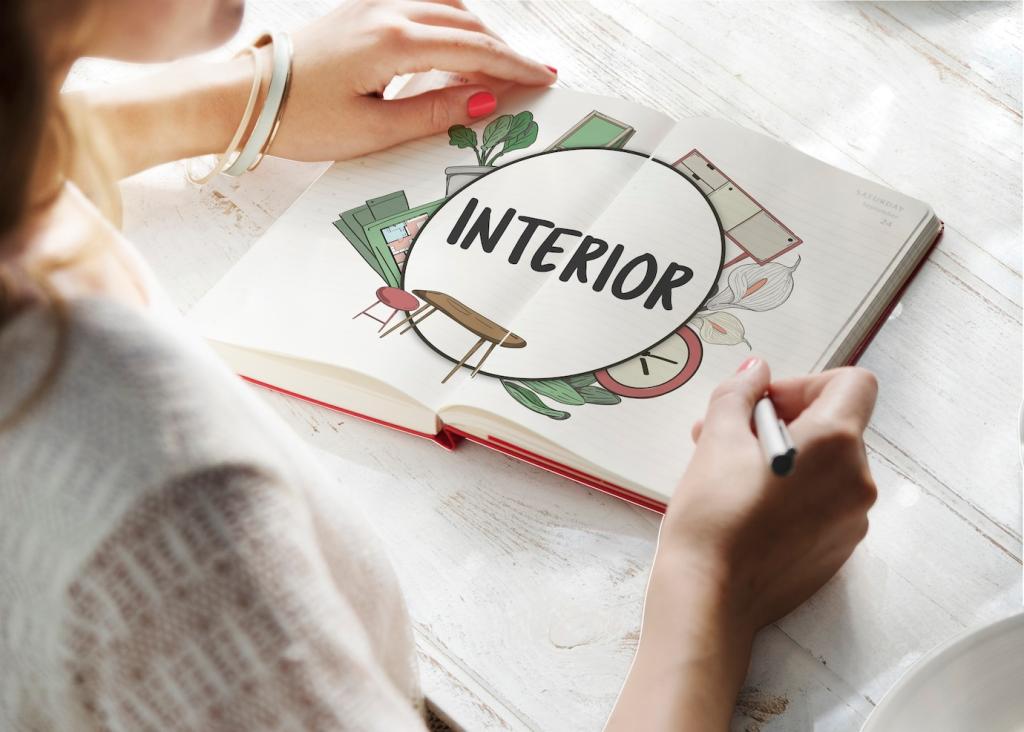Structuring Narratives on the Move
Act I sets stakes at your gateway stop; Act II complicates at the alleys and courtyards; Act III resolves at a vista or quiet corner. Use physical transitions—bridges, thresholds, stairways—as beat markers. Share a map screenshot with your act breaks annotated; others can learn from your blueprint.
Structuring Narratives on the Move
Treat the neighborhood as the hero that endures trials: invasions, fires, booms, and rebirths. Mentors become artisans, allies are rivers or walls, the abyss is economic collapse, and the return is community revival. Invite guests to spot the “threshold” moment and reflect on who played mentor in this district.
Structuring Narratives on the Move
Spin three short arcs—craft, conflict, and celebration—each resolved at different locations. This braiding keeps variety and reduces fatigue. For example, follow a mason’s chisel marks, a guild rivalry, and a seasonal festival. Ask your group to vote which thread they want highlighted next to boost ownership.
Structuring Narratives on the Move
Lorem ipsum dolor sit amet, consectetur adipiscing elit. Ut elit tellus, luctus nec ullamcorper mattis, pulvinar dapibus leo.




